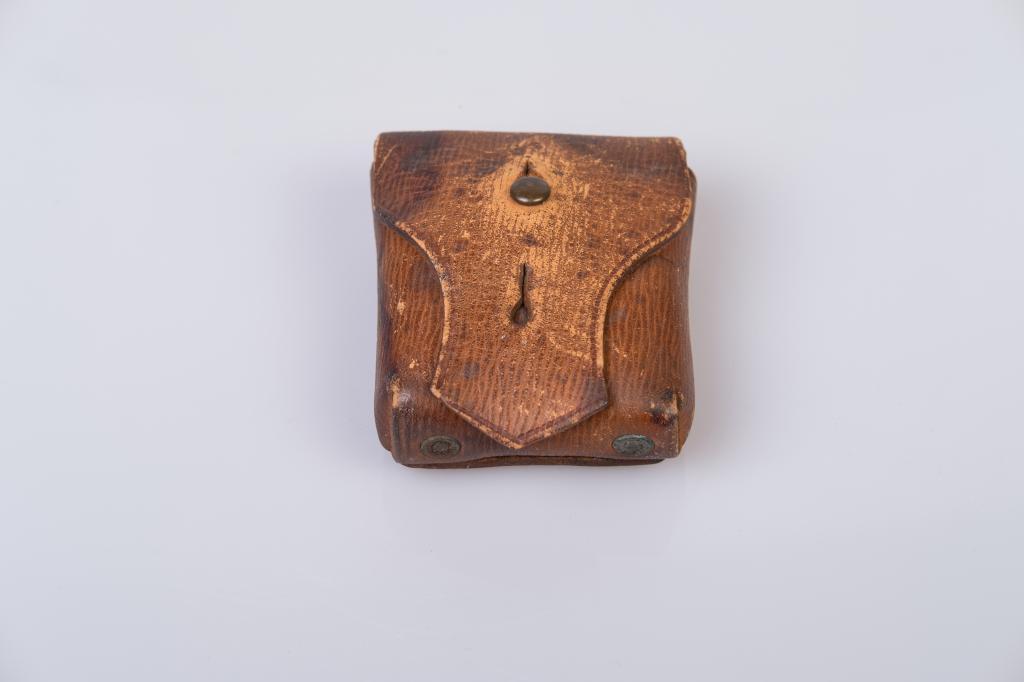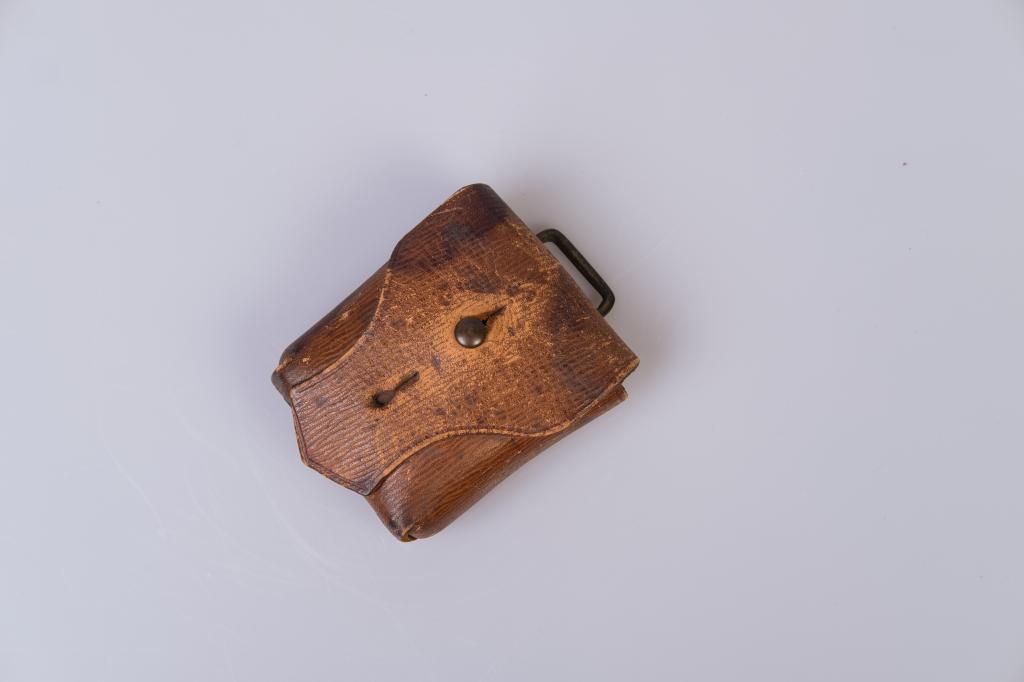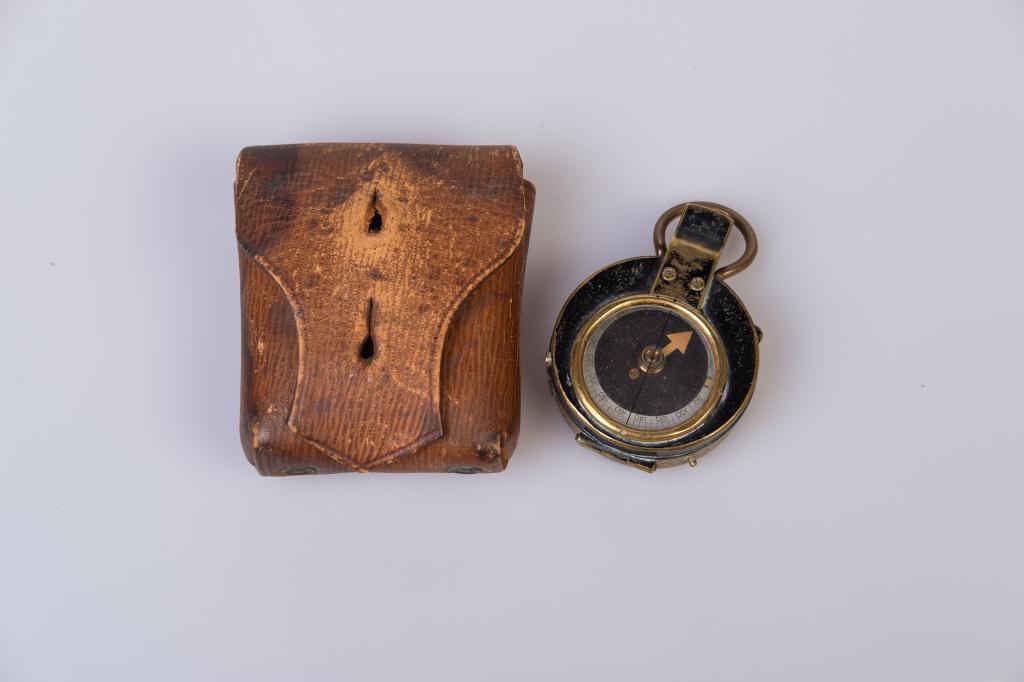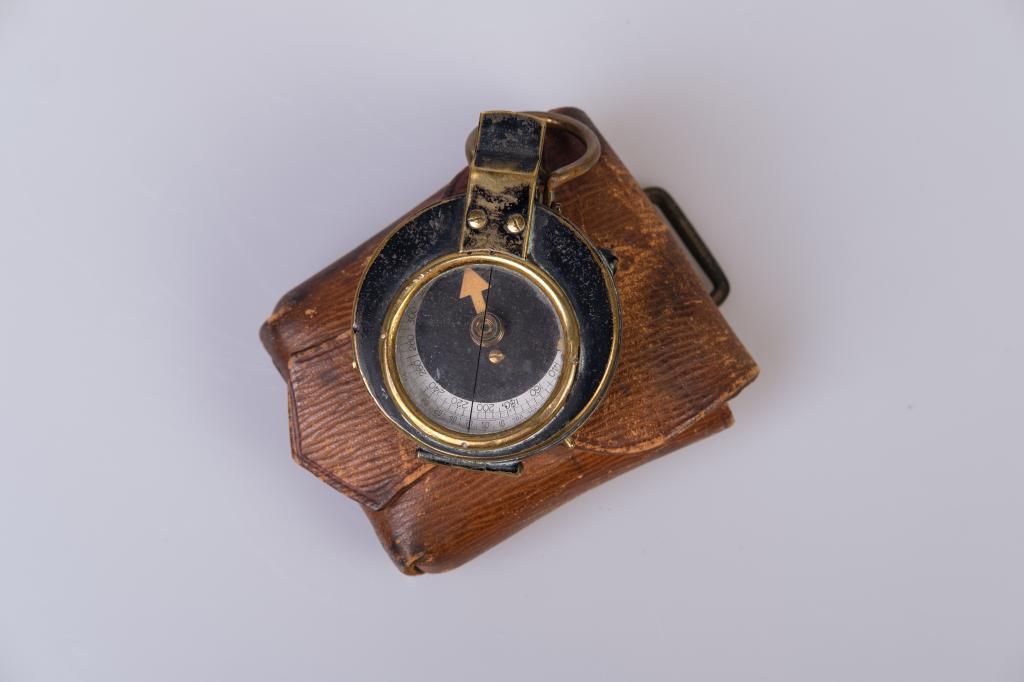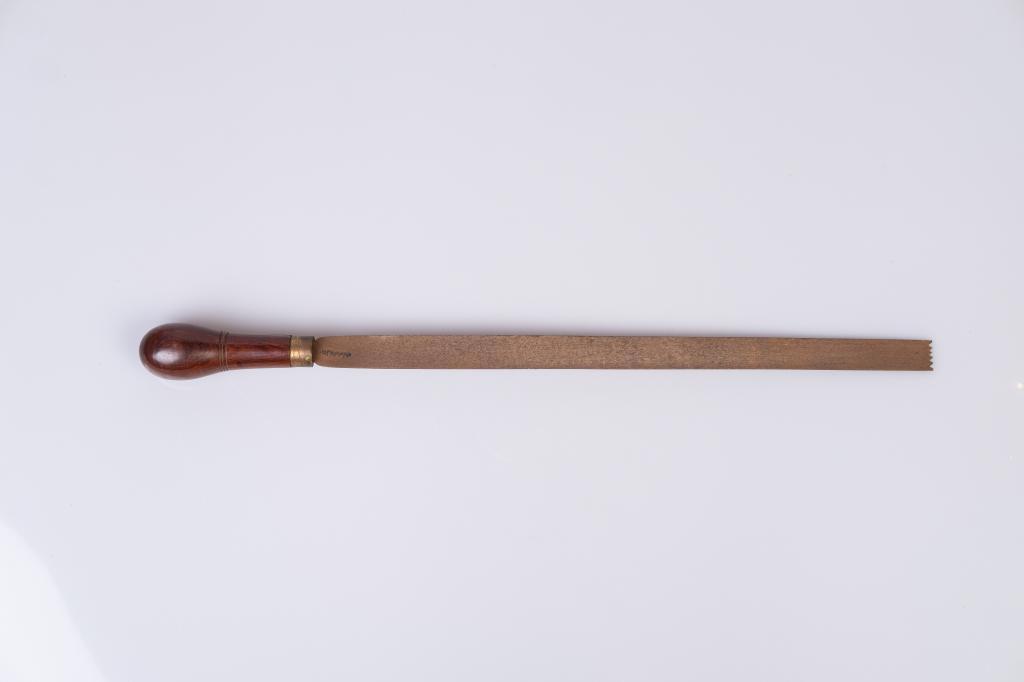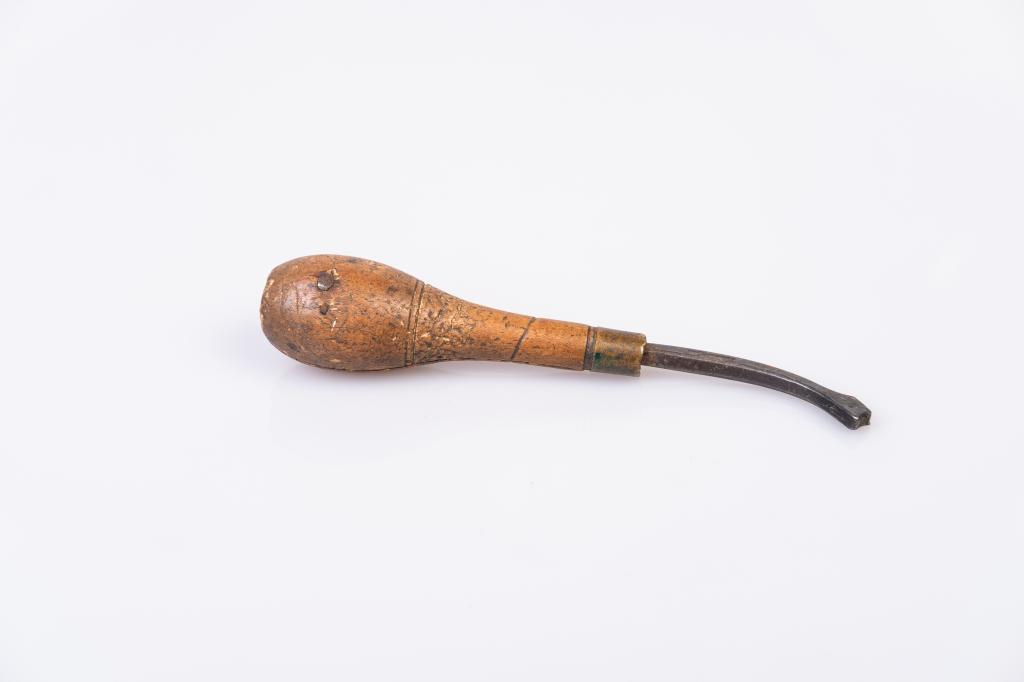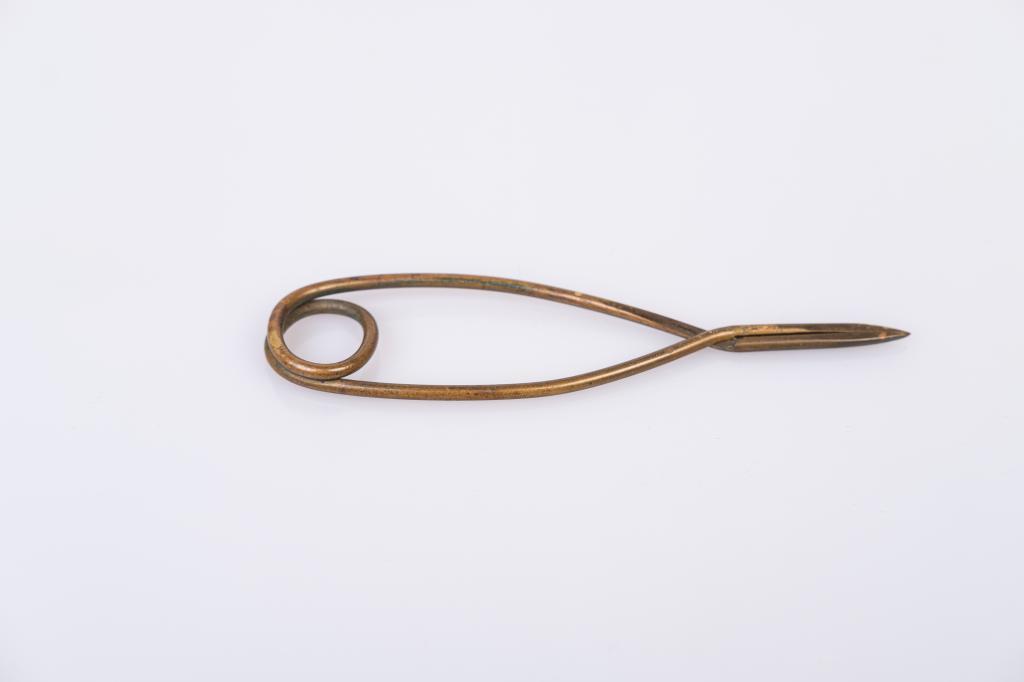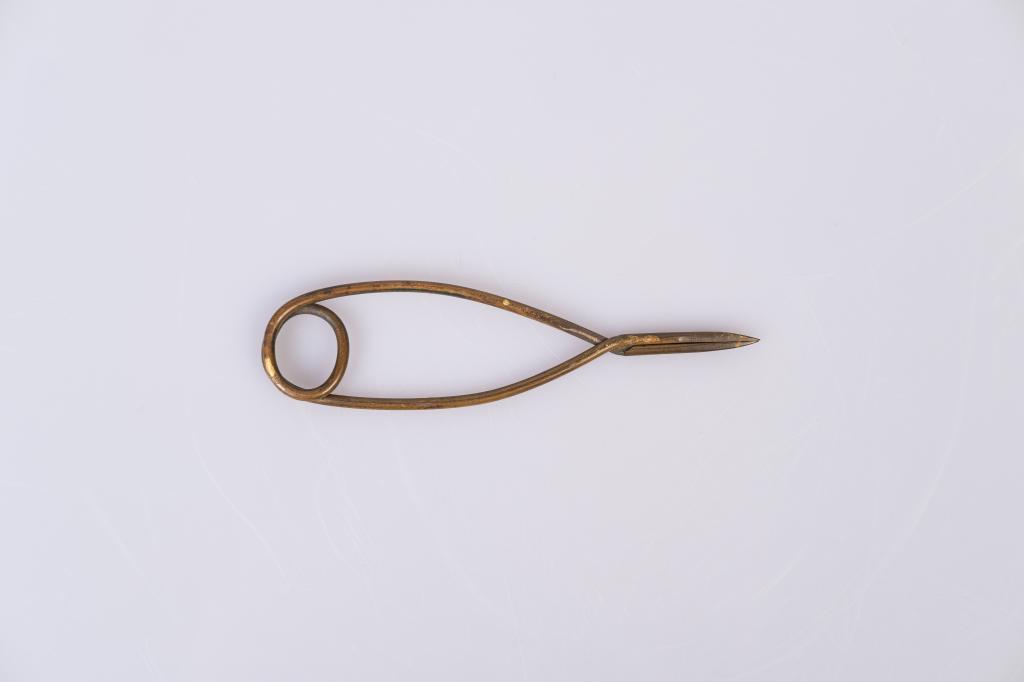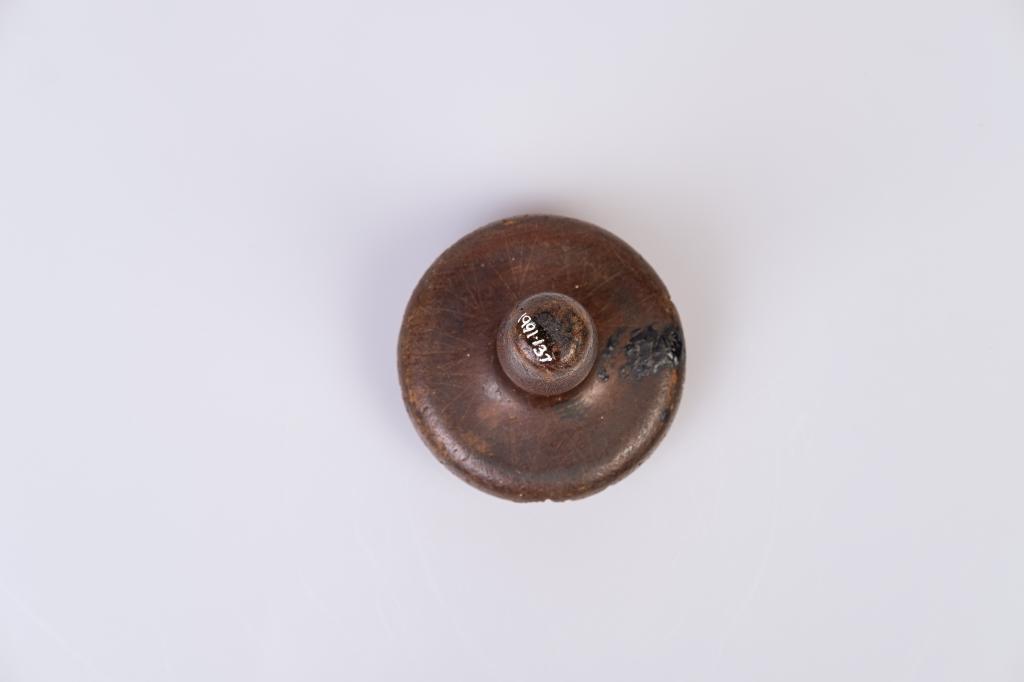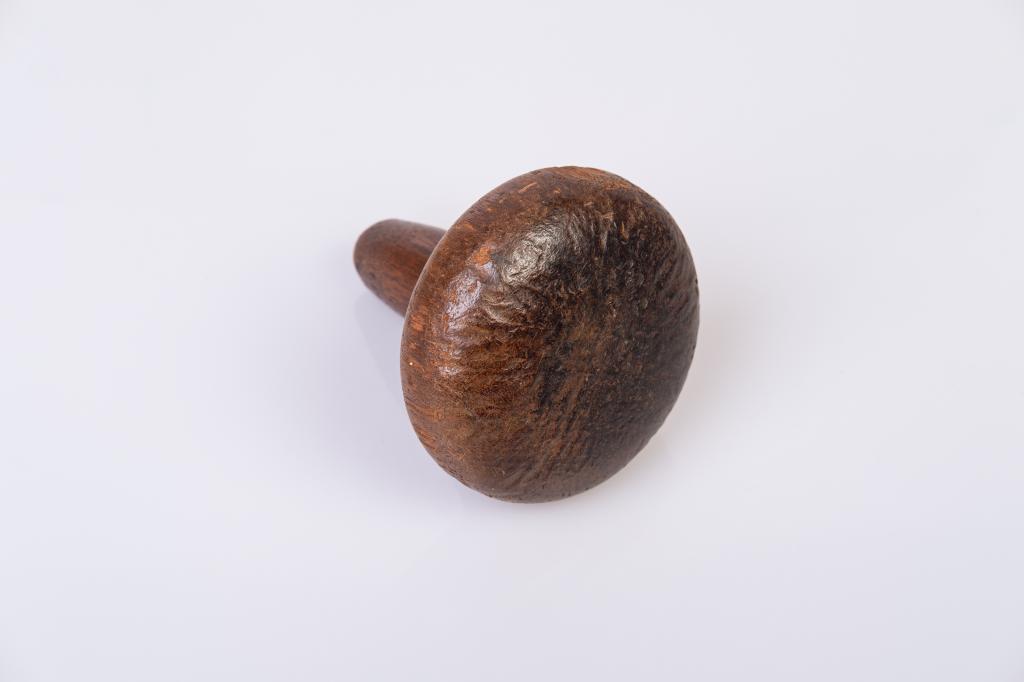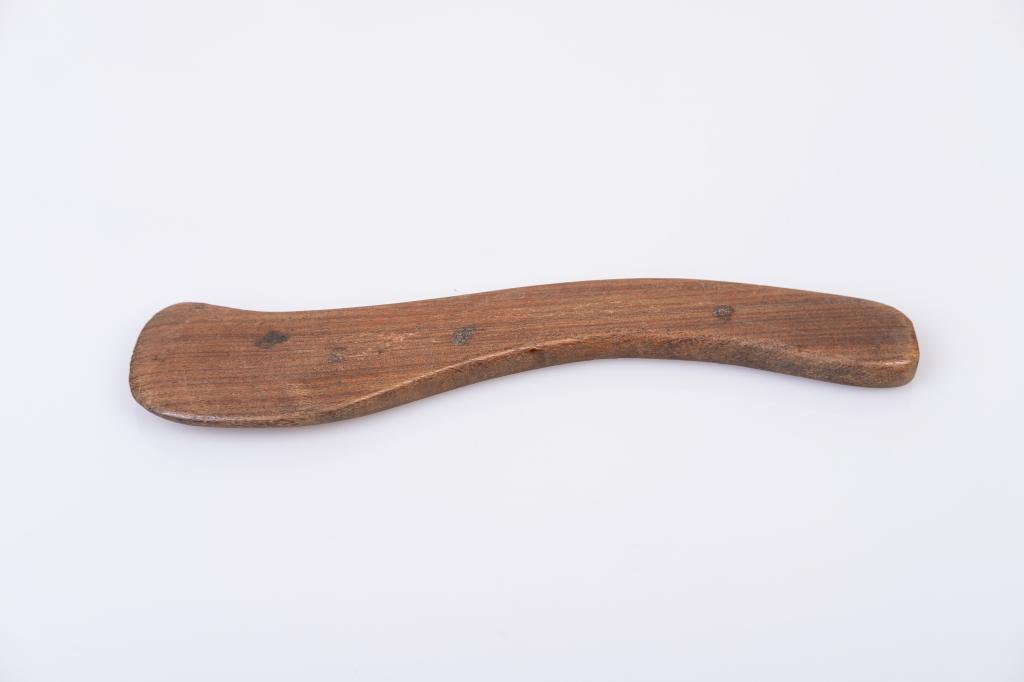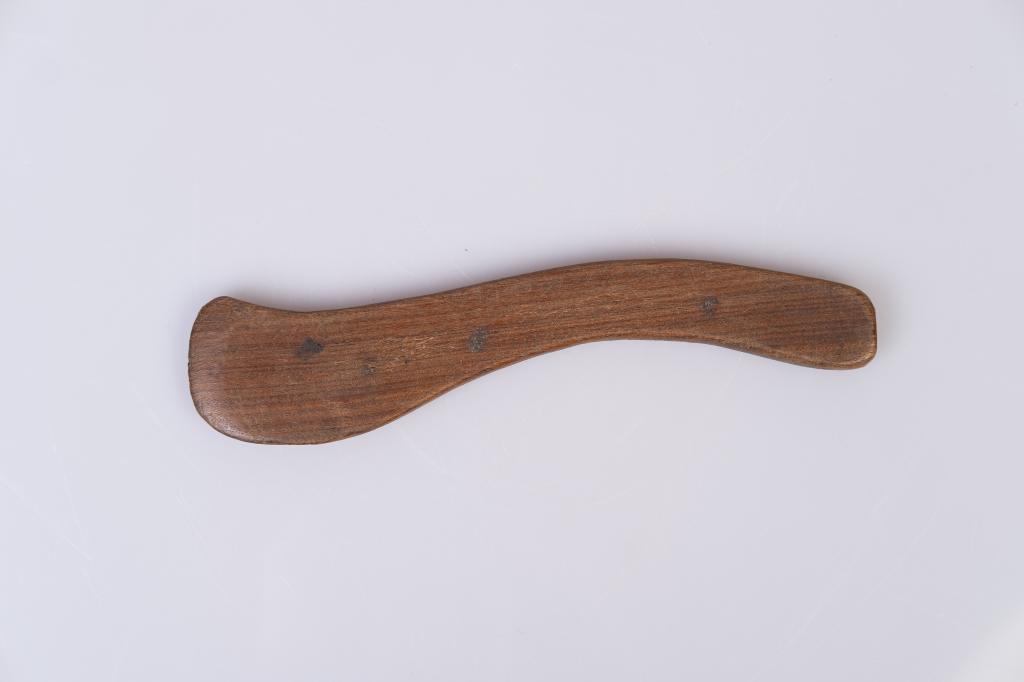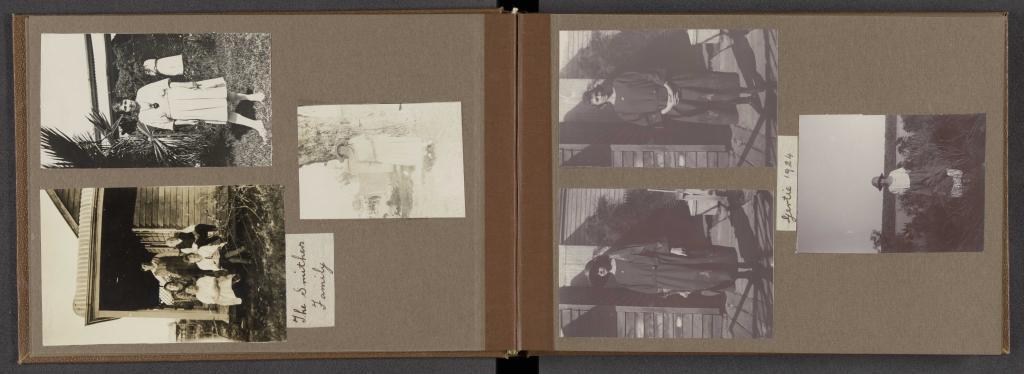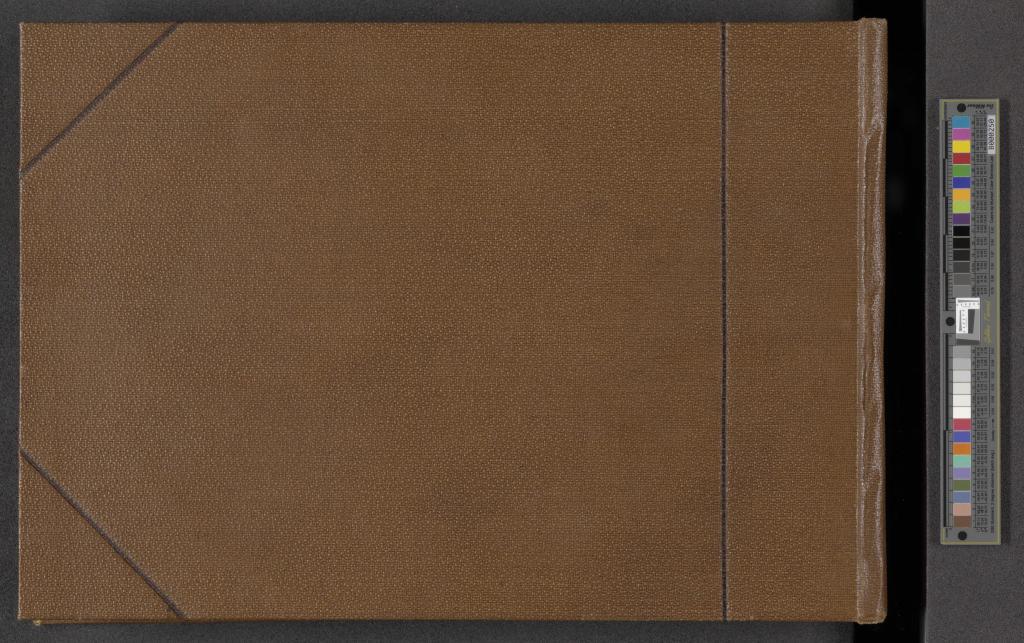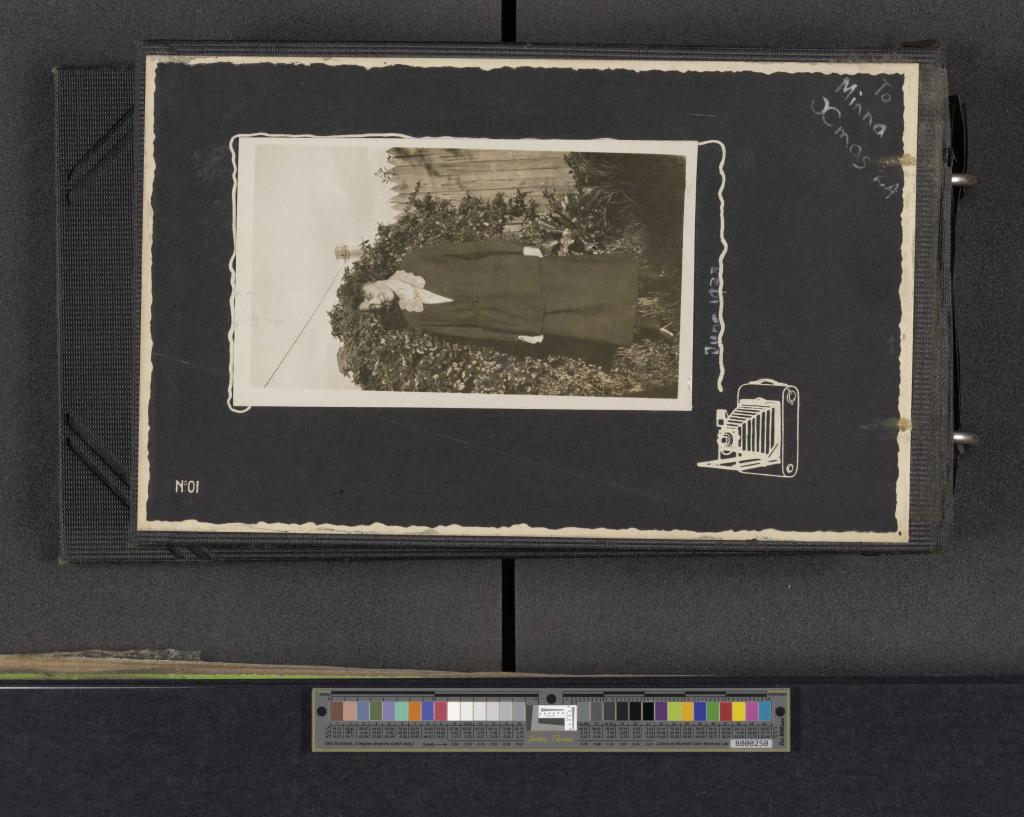WA's first Taxidermist
Subiaco Museum
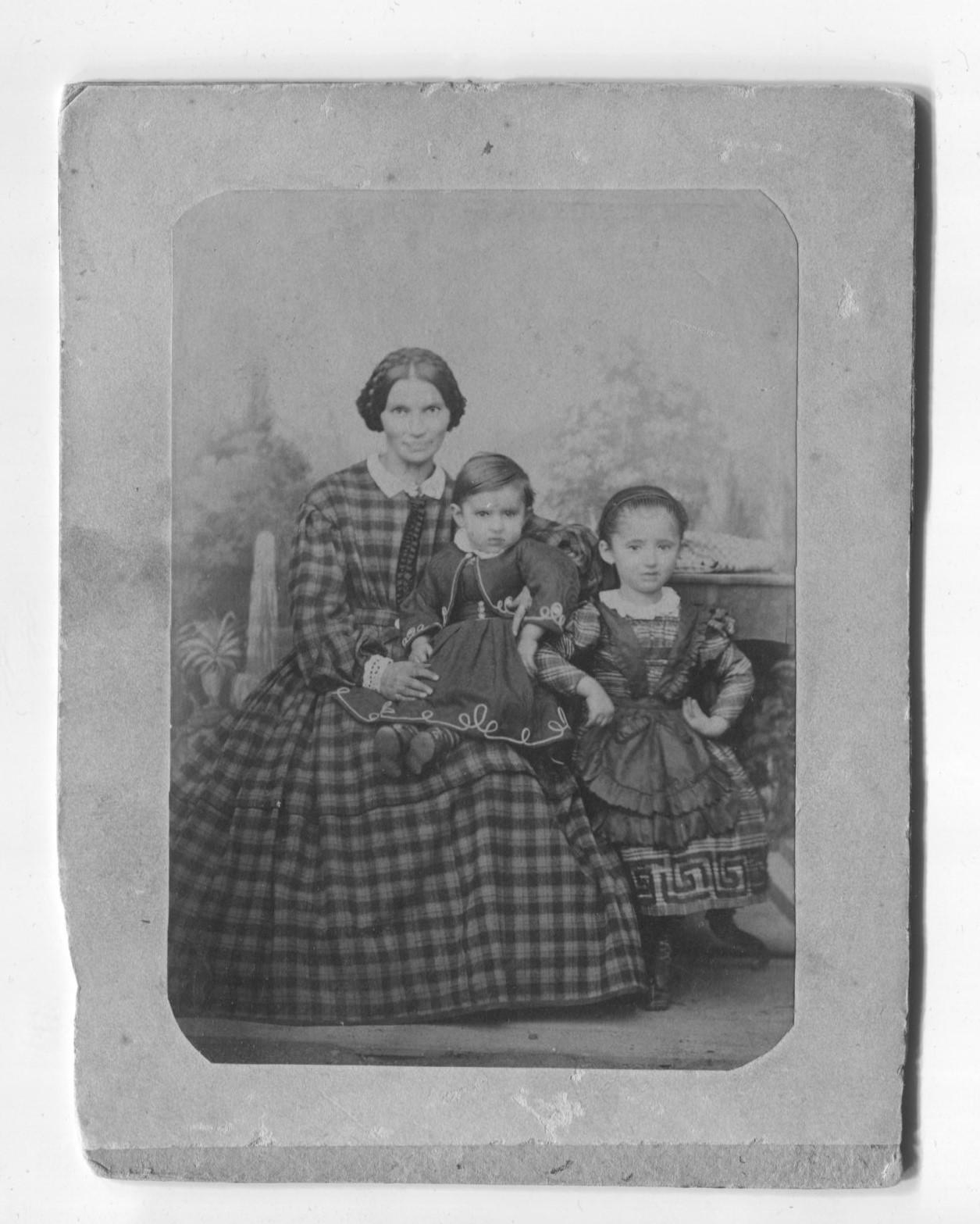

Otto with his mother Agnes Minna Lipfert nee Müeller and older sister Thekla.
Circa 1866
Otto as a young man in Poessneck
Circa 1880
Otto Lipfert: a German migrant in early twentieth century Subiaco
Otto Lipfert was born in Poesneck, Saxe Meiningen in 1864. He trained and worked there as a furrier, the profession of both his father and grandfather. He also developed a keen interest in nature and the animal species that were exciting Europeans in Australia.
On hearing there was no taxidermist in Western Australia he migrated in 1893, making the voyage in a British ship, SS Orient so he could learn English on the way. He departed London on February 10, 1893 and arrived at the port of Albany on Saturday 18 March 1893 – a fairly quick trip.

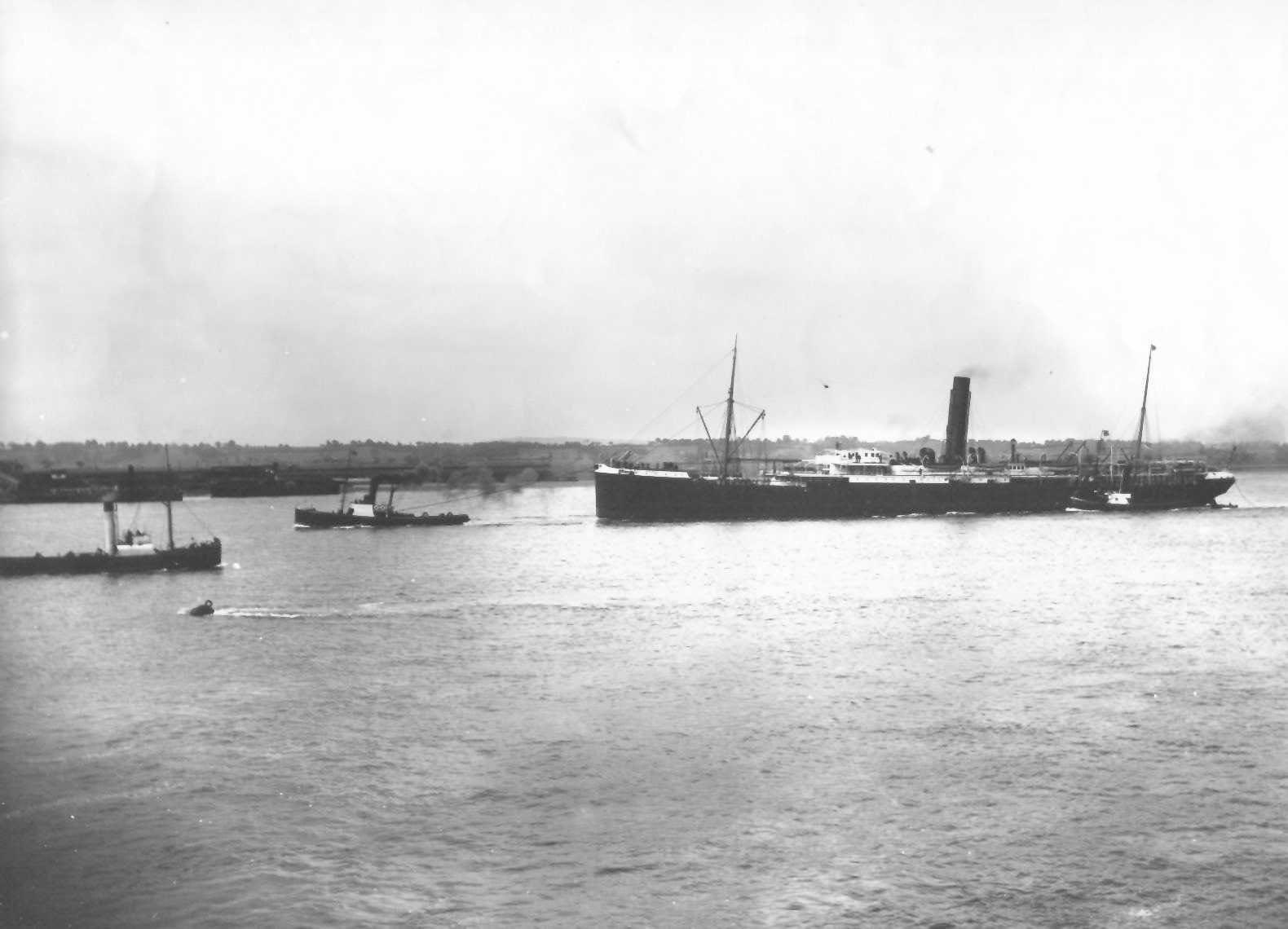
DRAWING: IN ICE AT CUXHAVEN, 1893, OTTO LIPFERT
Sketched en route from Germany to Australia.
Subiaco Museum 1990.205
PHOTOGRAPH: SS ORIENT
Circa 1860
In February 1894 he became the first taxidermist to work for the Western Australian Museum. He made his first collecting trip—to the Abrolhos Islands in October that year. The team were stranded on the island for 9 days.
During the earlier years of his service with the museum he went on many collecting expeditions, including to the Kojonup district, Southwest and Midland districts, Geraldton, Margaret River, Yanchep, Abrolhos Island, Bernier and Dorre Islands.
The longest trip of his career took 16 months, when his party set out guided by AW Canning in April 1930 to recondition the wells along the Canning stock route from Wiluna to Hall’s Creek.
Otto Lipfert was naturalised in 1900. On the 16th January 1902 he married German-born Anna Struck who he had met at the German club in Perth. Anna's parent owned and ran the German Club (Vorein Germania') on 19 William St, Perth, WA is the early 1900s. Otto was very musical and played the instrument the zither. The couple built a house at 270 York St (formerly Gibney Street), Subiaco, 1905 where members of the Lipfert family continued to live until 1989.

Photograph: Otto H Lipfert on a collecting expedition at Bernier and Dorre islands, in Shark Bay, 1910
Date: 1910
Subiaco Museum 2024.227
Otto H Lipfert on a collecting expedition at Bernier and Dorre islands, in Shark Bay, 1910.
Lipfert collected around Perth and Rottnest, the south-west and the Stirling Ranges, in the Shark Bay area, and along the Canning Stock Route.
The largest specimen he collected was a 25 metre blue whale beached near Busselton in the summer of 1897-98.
The whale was reported to the Western Australian Museum and over the next three years Otto oversaw its preparation for transport to the WA Museum.
Two Japanese fishermen and a local farmer helped Otto to remove the flesh from the bones. The skeleton was then left to bleach in the sun for more than a year.
The bones were individually labelled so they could be reassembled at the Museum. The 24-metre-long skeleton was transported to the Busselton Railway Station in a horse-drawn carriage, where it was taken by train up to Perth. The cranium (skull) weighs more than 800 kilograms today. At the time it would have weighed nearly twice that, due to the oils stored in the bones.
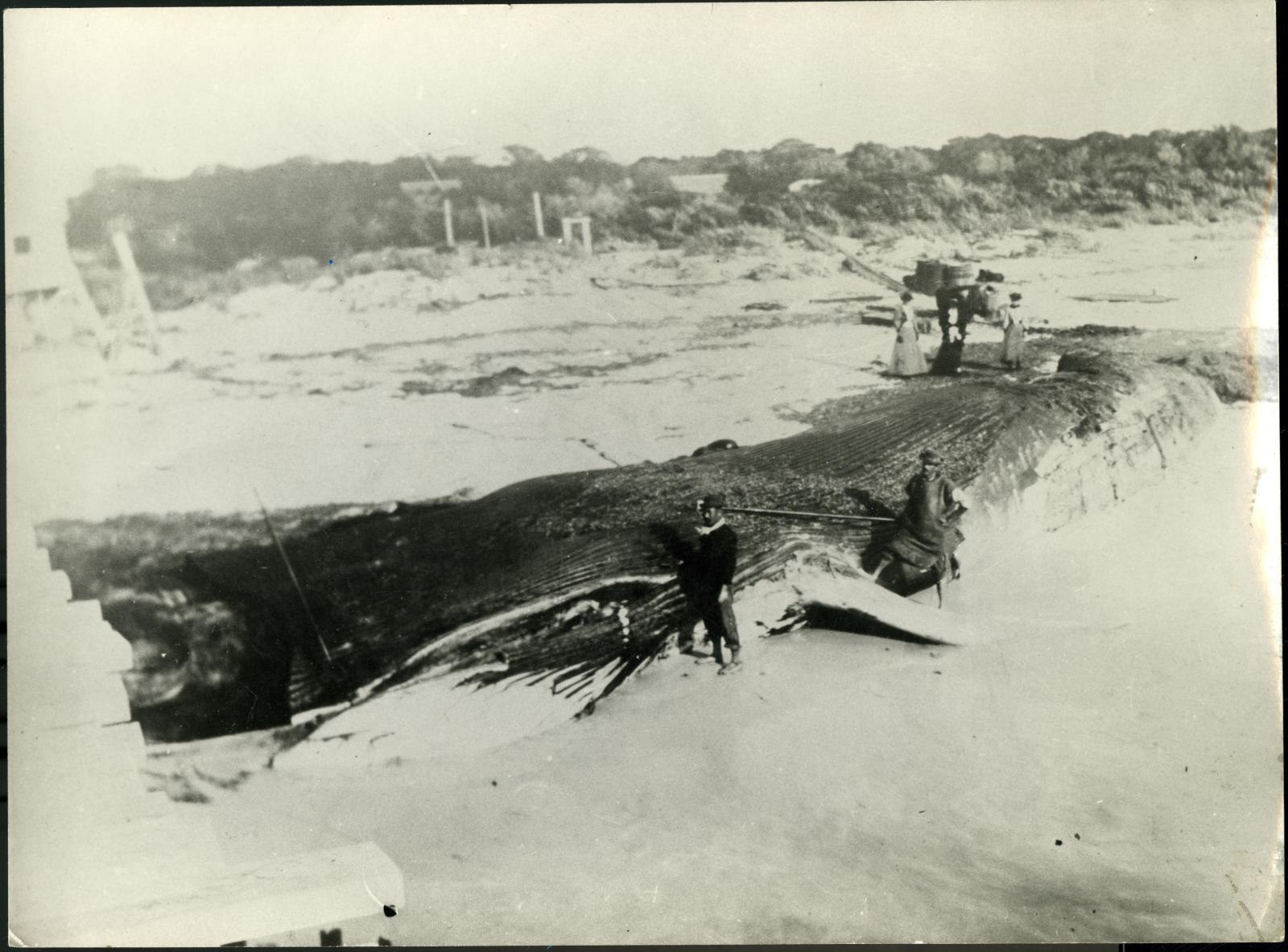
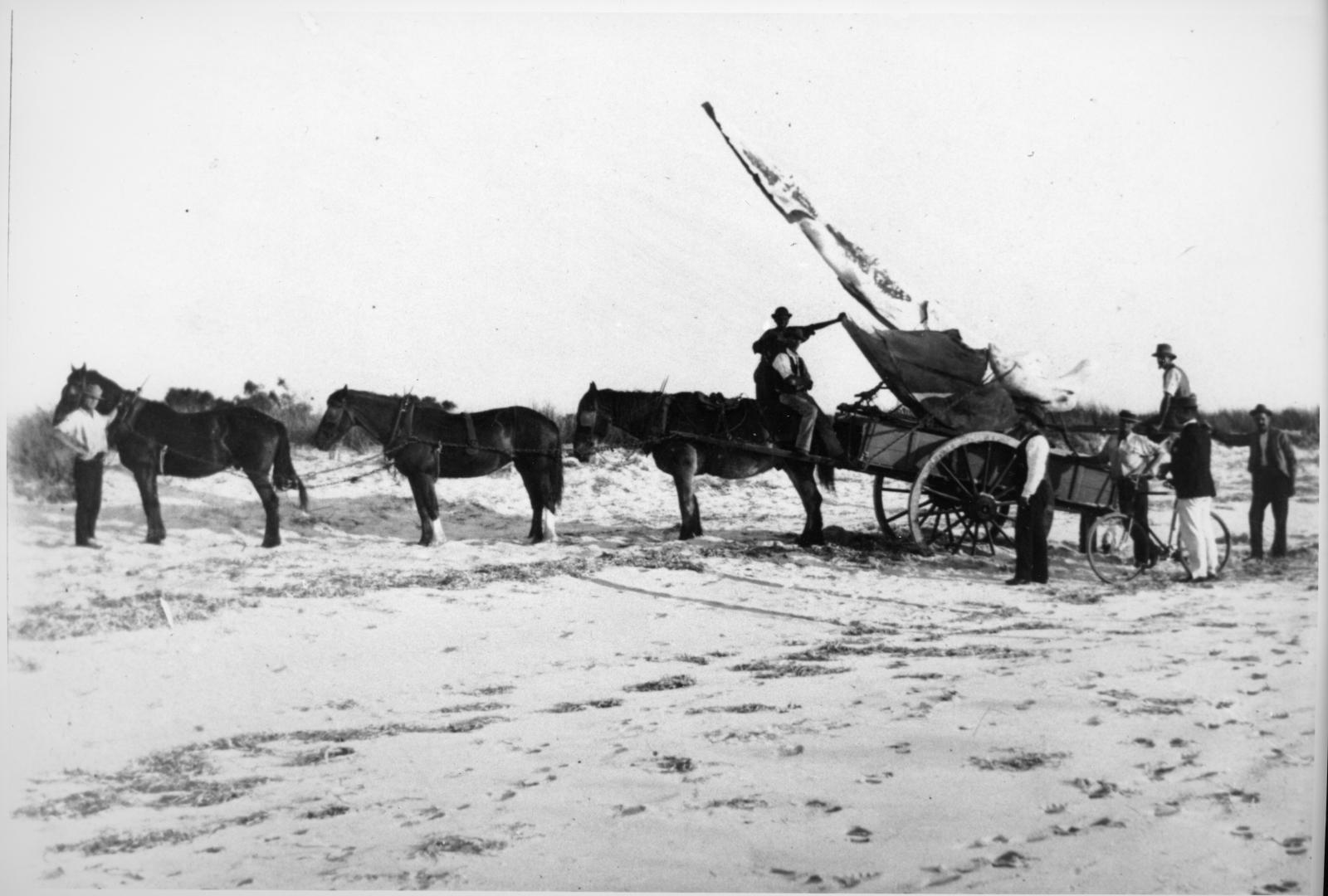
Beached blue whale outside of Busselton.
Images courtesy WA Museum
Taxidermy
A taxidermist ‘prepares and preserves the skins of animals, stuffing and mounting them in lifelike form’.
Lipfert did not limit himself to taxidermy. He ‘identified, catalogued, recorded, sketched and photographed, cleaned, preserved, mounted and displayed’ the specimens he collected.
Arsenic was widely used to repel insects from the late 1700s up until the 20th century and many of Otto’s specimens still at the WA Museum contain arsenic. Otto lived in the golden age of taxidermy, as in the the Victorian era it was a popular way for European scientists and the public to examine foreign species they’d never see otherwise, as well as in interior design.
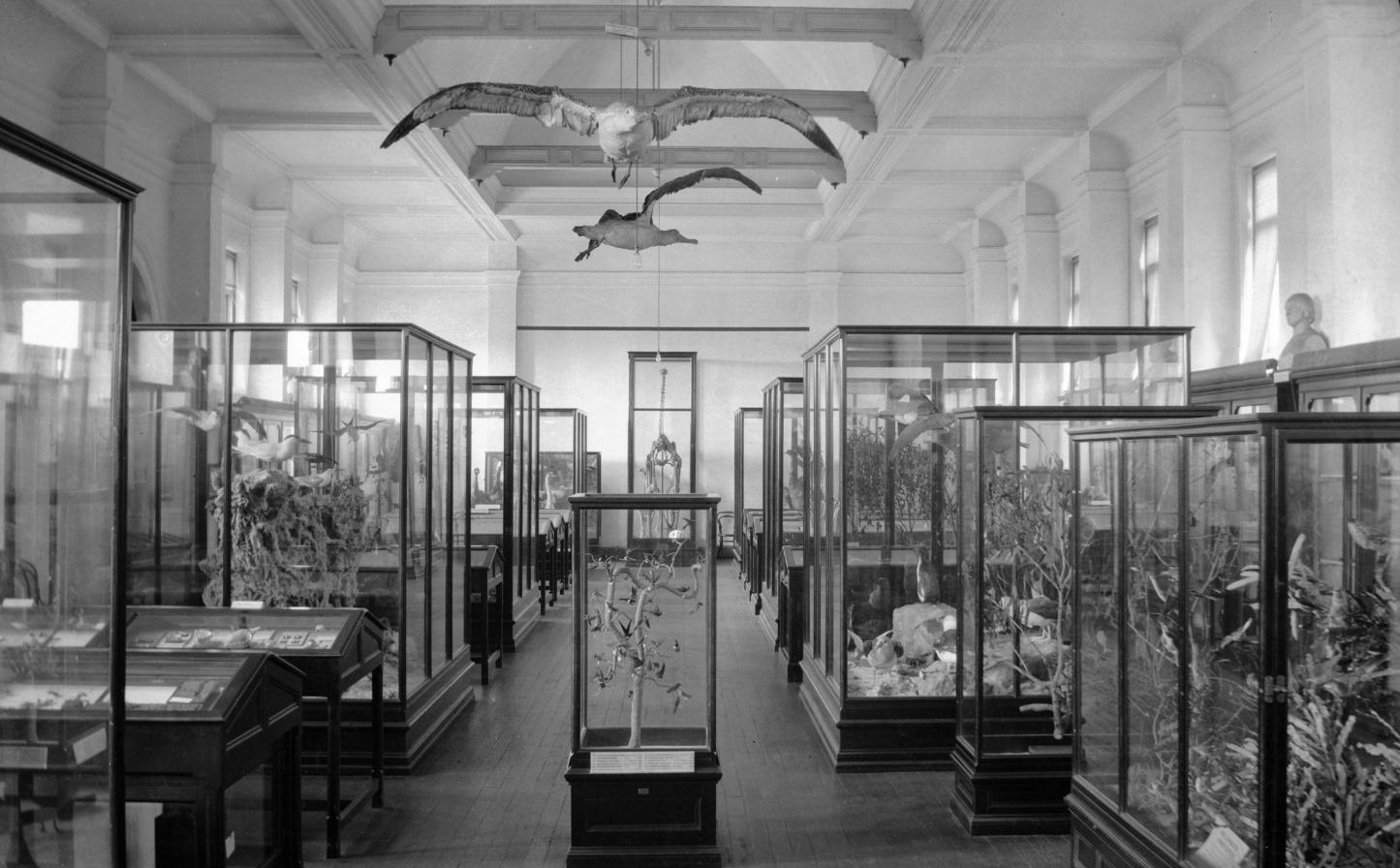
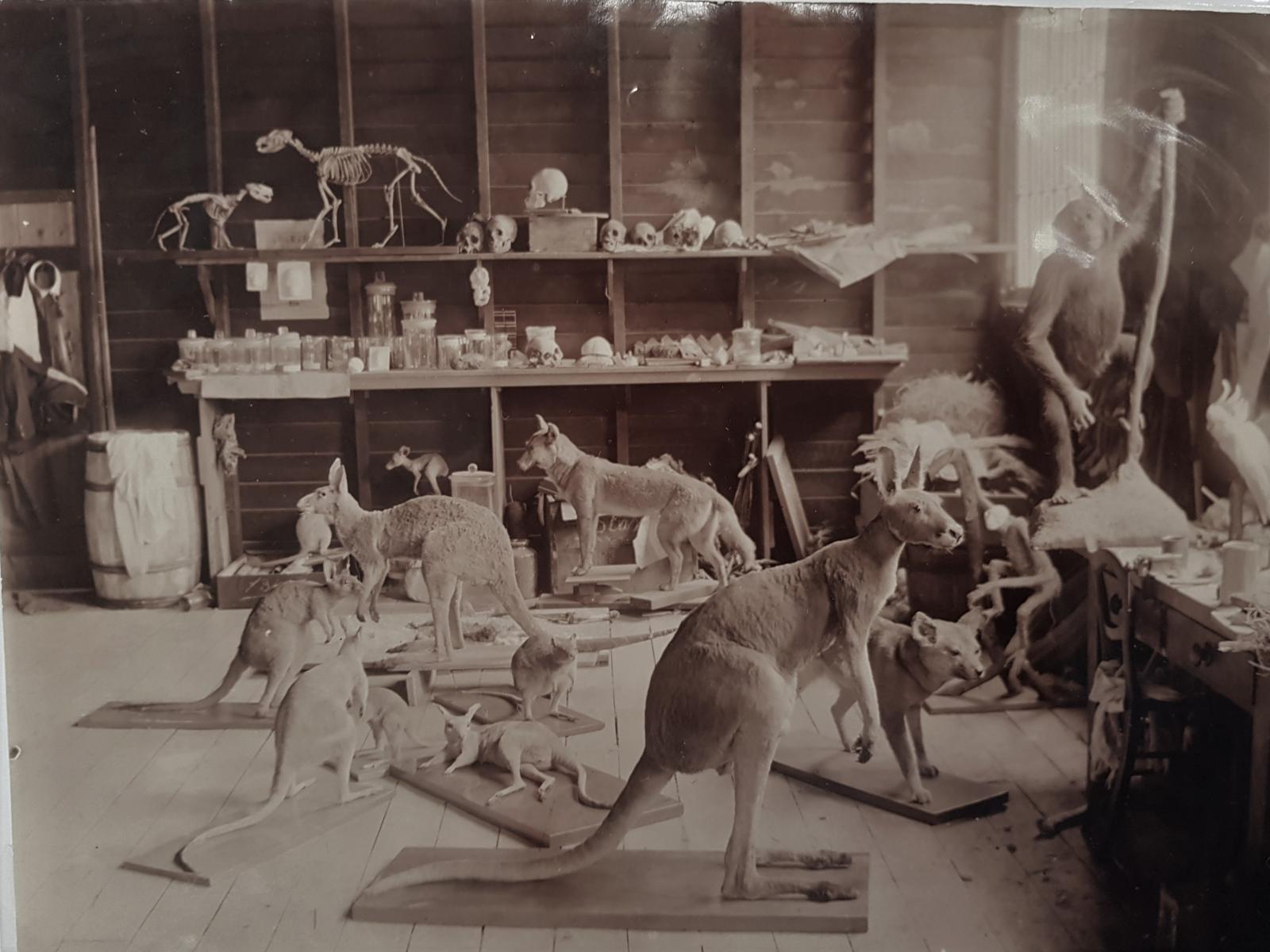
Taxidermy Displays at the WA Museum
Tools from Otto Lipfert’s collection
Lipfert brought his own tools and reference books from Germany and used them at the museum. They were donated to the Subiaco Museum by his daughters.
Drawings
Otto Lipfert took a keen interest in drawing. These small sketches were made on gilt-edged pages from a pocket-sized notebook. They filled his leather notebook holder which was embroidered with his initials. The holder was donated to the Subiaco Museum.
He used the pseudonym 'Senex' in a weekly column in the Sunday times which included his original sketches.
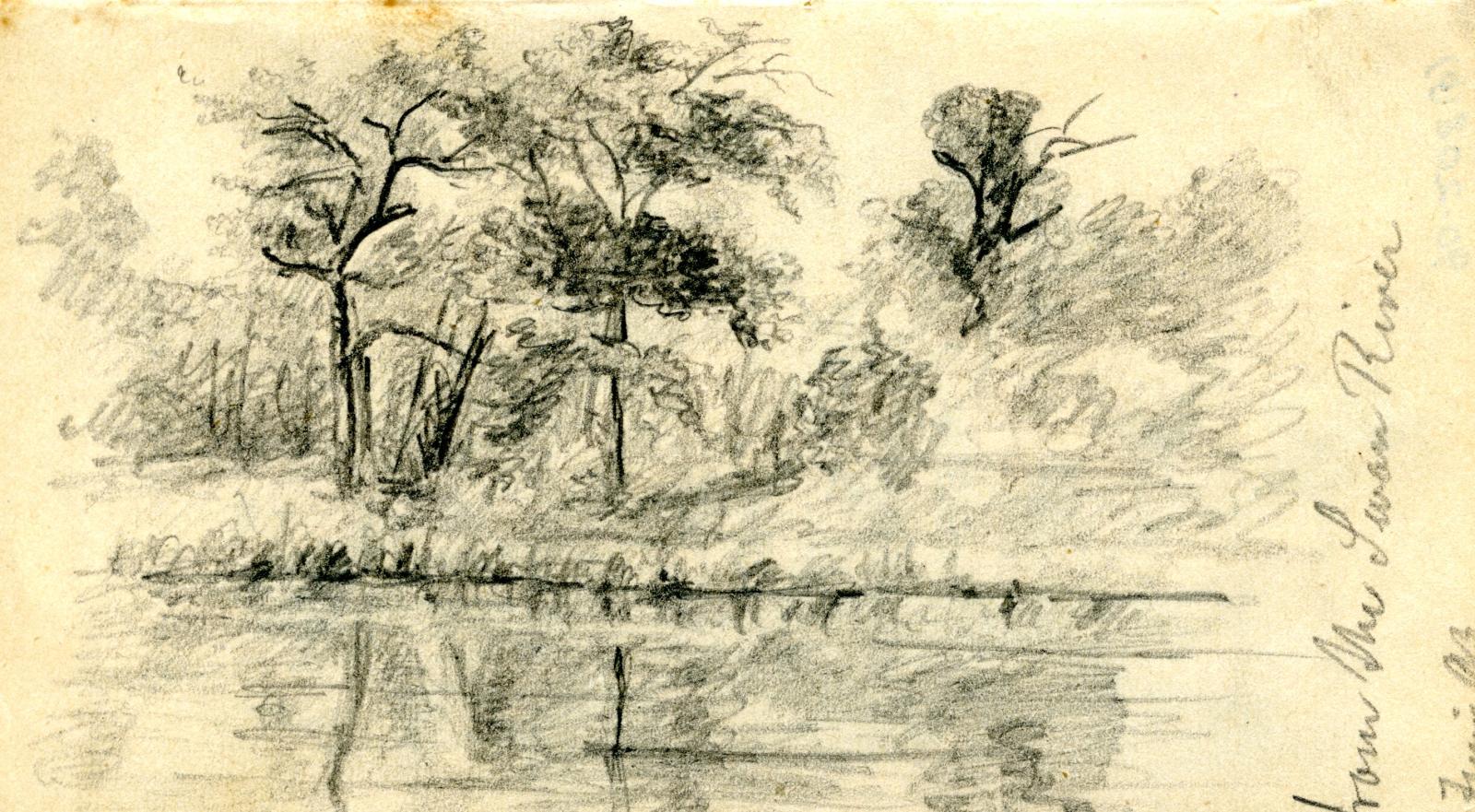

DRAWING: FROM THE SWAN RIVER, JUNI 1893, OTTO LIPFERT
Sketch made after Lipfert’s arrival in Perth in late 1892.
Subiaco Museum 1990.208
DRAWING: 'RUIN ON THE SPANISH COAST CAPE ST. VINCENT', OTTO LIPFERT
Pencil sketch by Otto Lipfert of a building on a headland. Titled (in German) "? Ruin on the Spanish Coast. Cape St Vincent (18)93". (Cape St Vincent actually lies on the Portuguese coast.)
Subiaco Museum 1990.206
DRAWING: LION, 1896, OTTO LIPFERT
In 1896 Lipfert had recently prepared the museum’s first lion skin for display (see article below). This drawing coincides with the period in which he worked on this new acquisition.
Subiaco Museum 1992.229
http://nla.gov.au/nla.news-page813941
West Australian, Friday 6 March 1896
Otto's daughters continued to live in the family home at 270 York Street until 1989. They donated a large collection of items to the Subiaco Museum, including many of Otto's tools, drawings and notebooks, as well as photograph albums of the family.
